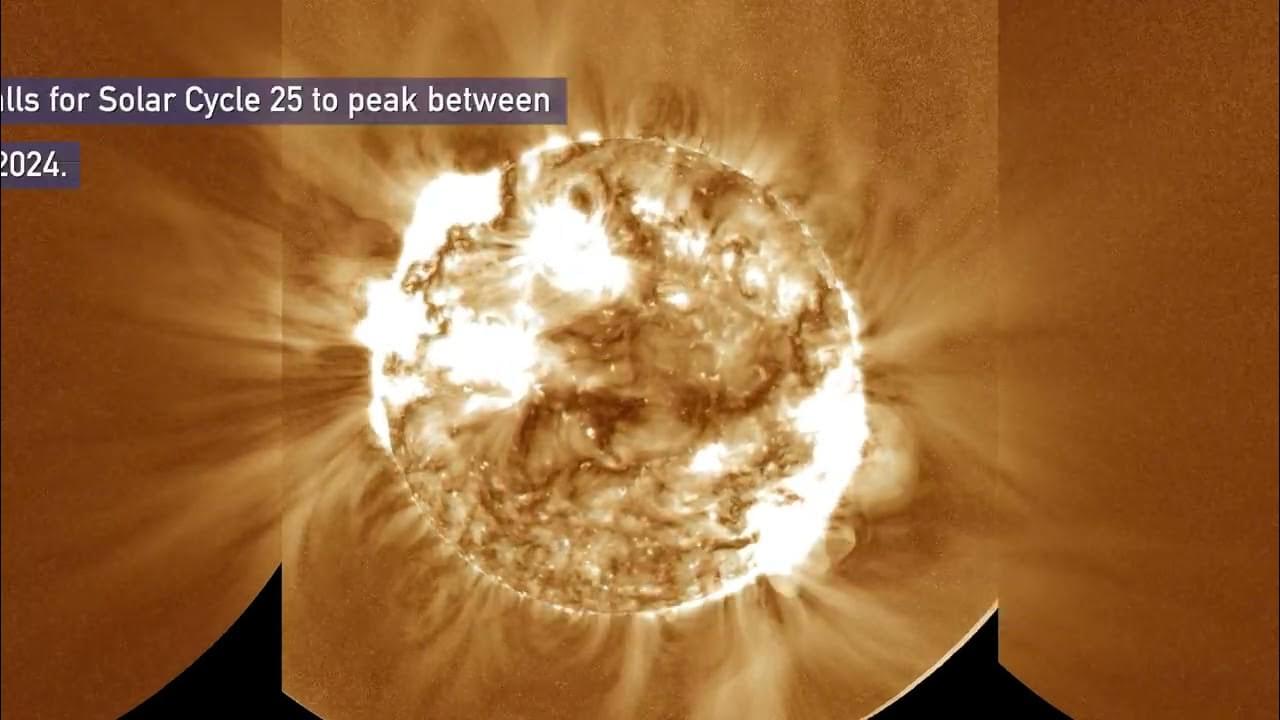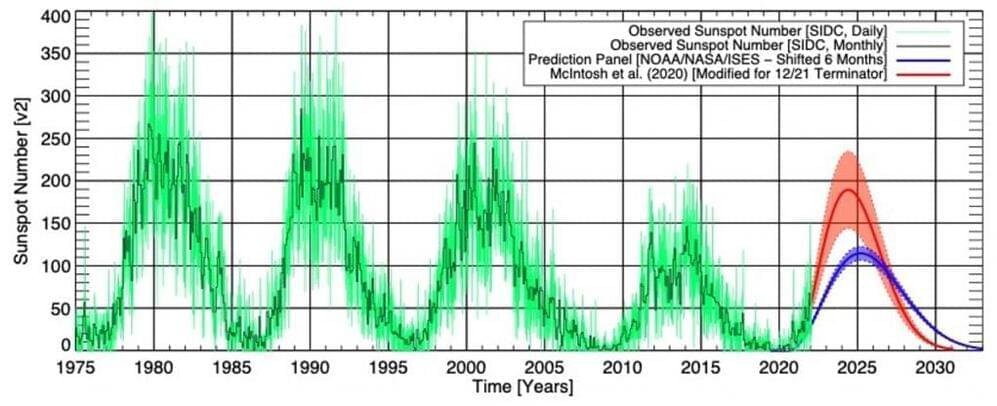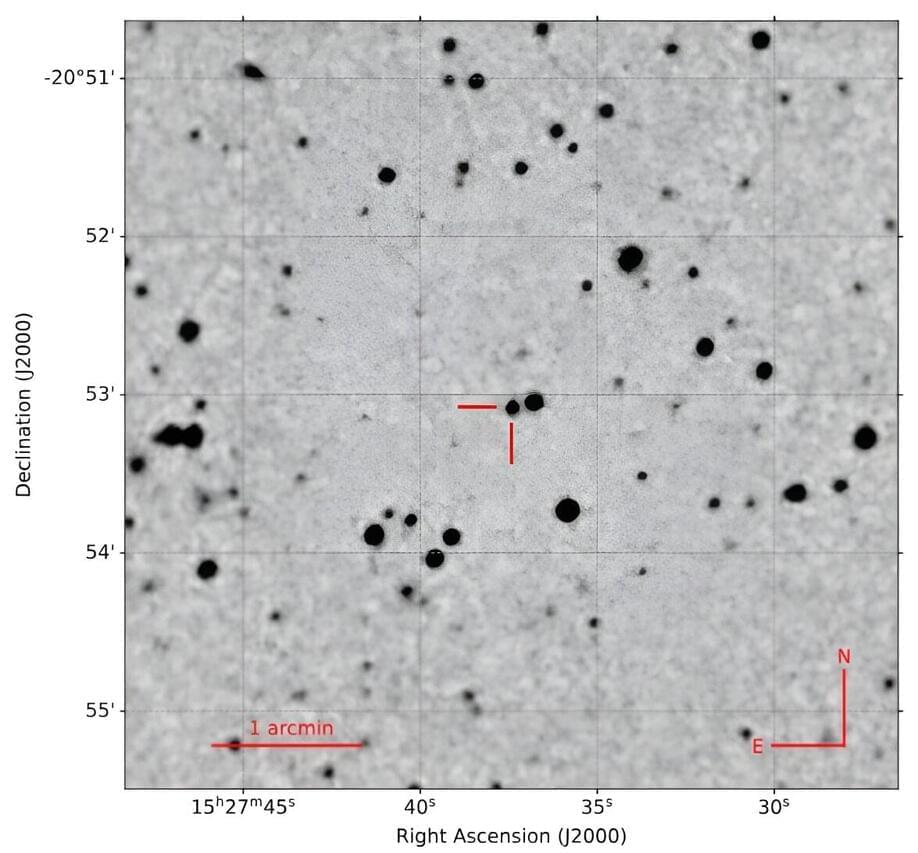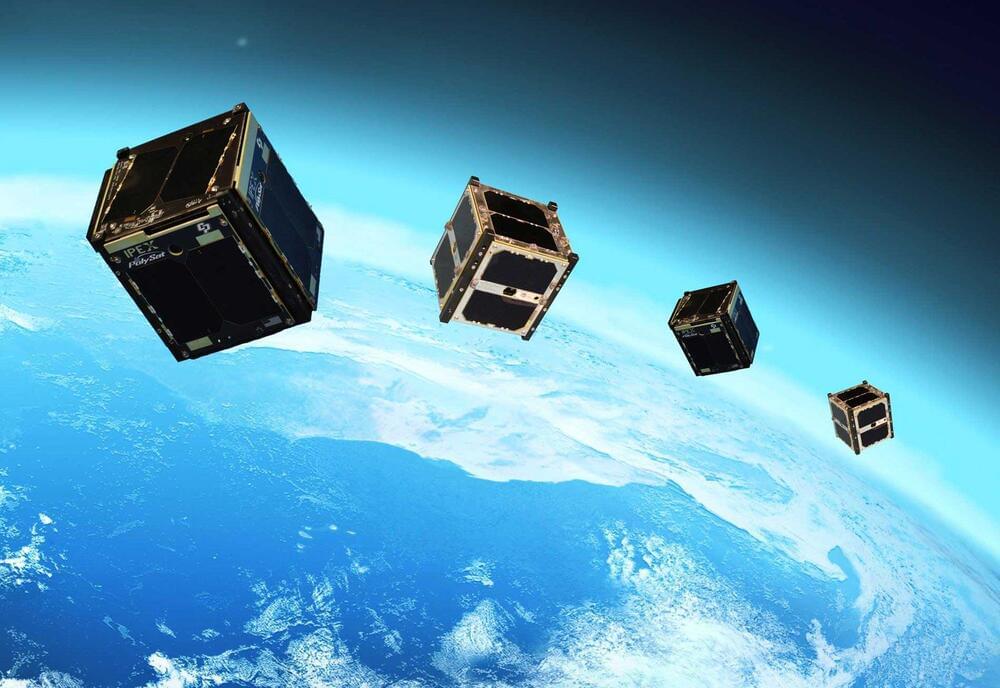Mar 31, 2024
Rocket Explodes Seconds After Launch
Posted by Kelvin Dafiaghor in categories: drones, energy, satellites
A Japanese rocket by startup Space One has exploded in spectacular fashion following a launch attempt earlier today.
It’s yet another major setback for the company, which was hoping to become Japan’s first commercial entity to launch a satellite into orbit, the New York Times reports.
Drone footage shows the dramatic scene. At first, everything appears to go fine as the solid-fuel rocket dubbed Kairos lights its engines. But it doesn’t take long for the rocket to seemingly veer off path, erupting into a massive cloud of smoke just seconds later, causing major pieces of debris to rain down on the launch pad and engulf parts of the facility and a neighboring forest in flames.

















